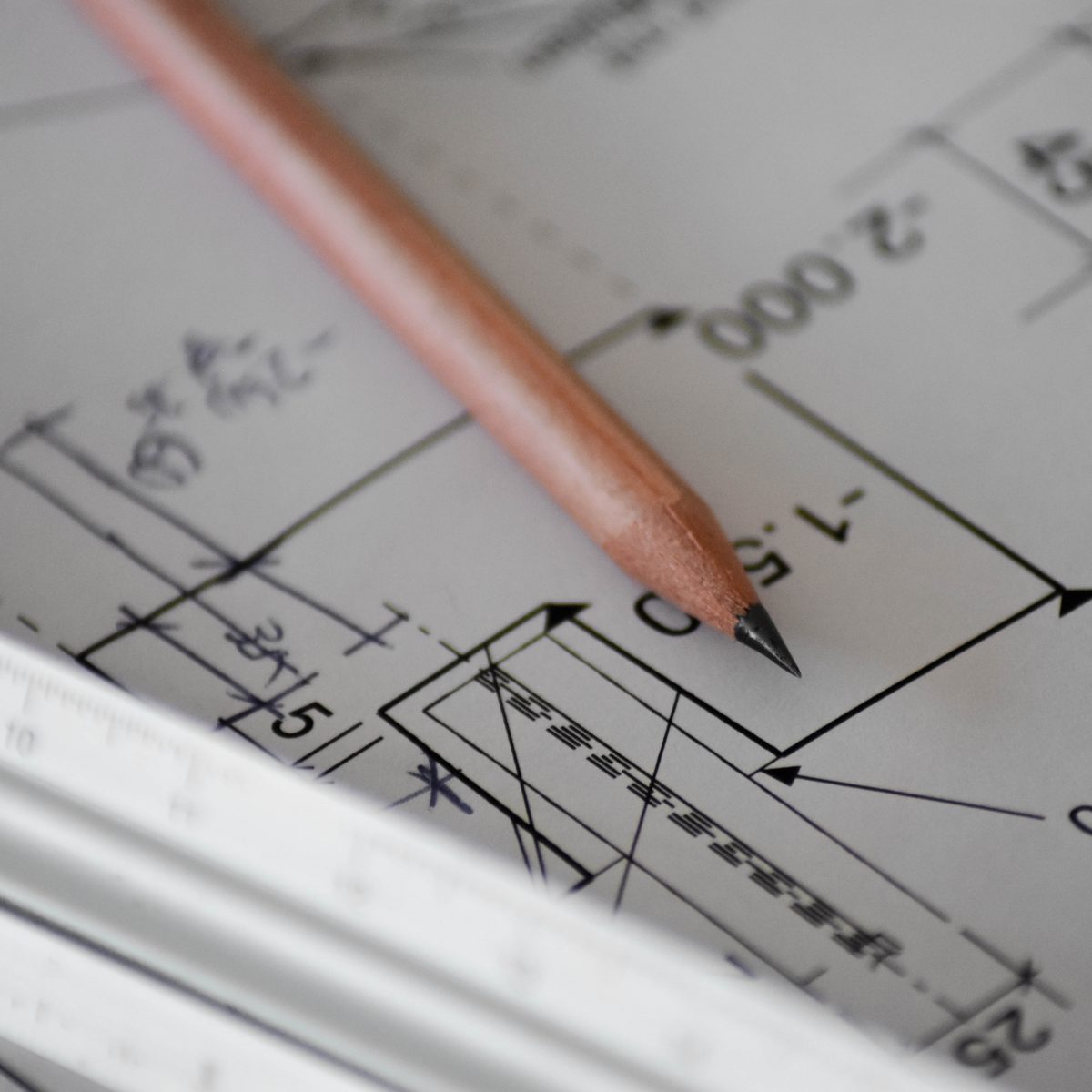
It’s important to do your homework when thinking about purchasing a house and land package, even before you start to inspect display homes.
There are two basic options for a house and land package:
1.) Purchase the land and then build a house
2.) Buy a house that is already built on the desired land
Each of these options offer different benefits in terms of land tax and payment of deposits.
The most important considerations are the style of home, a suitable location and ensuring that the developer you choose has a good reputation for quality construction and after-sales service.
Begin your research by comparing the pricing of packages with similar, older properties in the area. This will ensure you are working from the premise of a fair market valuation.
It is tempting to begin a search for a house and land package by focusing on the house and area in which it is built, but this can take up seemingly endless weekends. Instead, as a first step, assess developers and shortlist those with favourable reputations.
Ask developers about their history and experience in the local market, and find out how many packaged homes they have sold on the estate in which you’re interested.
Take time to understand their contracts. Be clear on whether you are being offered a fixed-price building contract, or whether there are any fees not included. Ask for costs where you may wish to change a facet of the original design being offered.
Seek guidance on the time it will take to build your dream home. Some buyers demand penalty clauses for missed deadlines. Importantly, a bank loan will be issued only on the condition that the property is built within two years so its important to ensure this is realistic.
Don’t be afraid to ask for referrals. Although a developer will never give you a bad one, contact the referee and seek feedback on the quality of workmanship and after-sales service.
Quality of workmanship is an essential component of your research. When walking through a display home, pay attention to the minute details and quality of materials.
Check that everything featured in a display home is included in the contract and pricing. Missing items that might cost you extra later could include fly-wire for the windows, a letterbox or even a driveway. These may seem obvious elements of a house, but if they’re not in a contract then you’ll pay additionally for them.
Strategies for payment can save you thousands of dollars, and avoid a big hit on your cash-flow.
Two basic types of transaction exist: the purchase of land before the house is built or, buying a house already on a developer’s land.
When buying land before the house is built, you want to avoid paying unnecessary land tax. You can do this by placing a 10 per cent deposit on the land price with the balance at settlement. This strategy means you’ll pay stamp duty on the land only, not the building costs.
The pain of taking this path is the need for two loans and managing them so that progress payments against each can be made at appropriate times.
Where a house already exists, or is part-built on a developer’s land, the payment method is more conventional. Commonly, you’ll be asked for a 5 per cent deposit, which relieves immediate cash-flow pressure compared with previous option.
Getting guidance from a financial adviser is critical in choosing the best payment model and could save you considerably.
Top tips for find a great package:
Focus on reputation of potential developers and make a shortlist. For those whose packages you like, ask for referees
Seek financial advice on managing your tax obligations when buying a house and land package
When inspecting a display home, pay attention to the craftsmanship and quality of materials
Be clear on whether the contract is “fixed price”, or there are other charges unseen
Check your contract for inclusions. Make sure everything featured in a display home is included in your contract; and
Check warranty and insurance carried by the developer and their contracted builder.
